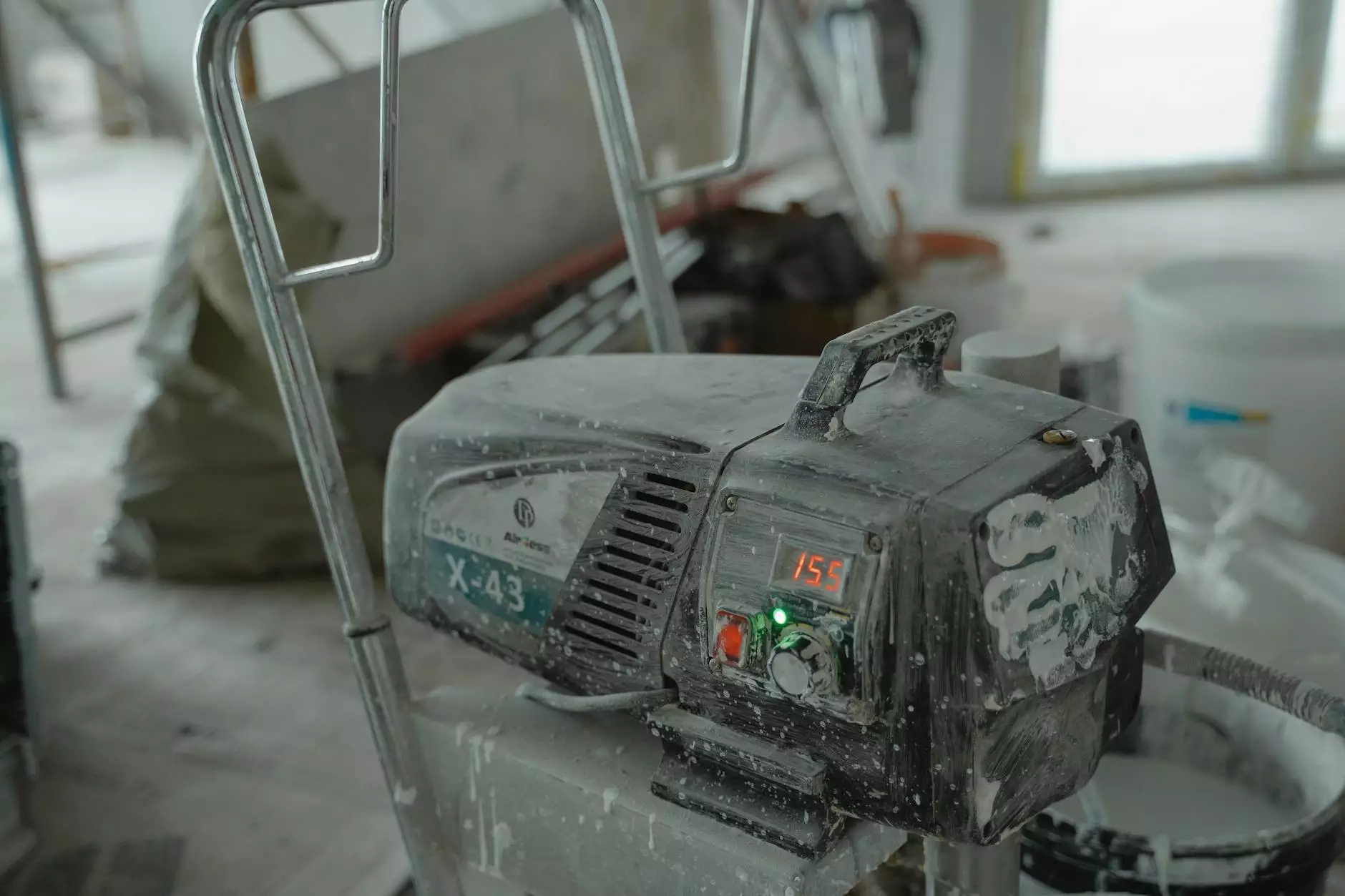Essential Guide to Gutter Inspection: Keep Your Home Safe and Sound

Understanding the Importance of Gutter Inspection
A home is one of the most significant investments you will make in your lifetime. Protecting this investment is crucial, and gutter inspection plays a vital role in maintaining your home’s integrity.
Gutters are designed to channel rainwater away from your roof and foundation. When they function properly, they help prevent water damage, mold growth, and even structural issues. Regular inspections can save you from hefty repair bills down the line. Let’s explore why gutter inspections are essential.
The Dangers of Neglecting Gutter Maintenance
Failing to conduct regular gutter inspections can lead to a series of problems, including but not limited to:
- Water Damage: Water overflowing from clogged gutters can damage your roof, siding, and foundation.
- Mold and Mildew: Moisture trapped by faulty gutters promotes mold growth, leading to health concerns.
- Insect Infestation: Standing water in gutters creates a breeding ground for mosquitoes and other pests.
- Landscape Erosion: Improper drainage can erode your landscaping, affecting the aesthetics and health of your garden.
What to Look for During a Gutter Inspection
When conducting a gutter inspection, there are several key factors to examine:
1. Check for Blockages
Leaves, twigs, and dirt can accumulate in gutters, blocking water flow. Use a ladder to safely inspect and remove debris. If you find clogs, consider using a garden hose or a pressure washer to clear them.
2. Inspect for Damage
Look for signs of wear and tear such as:
- Holes: Small pinholes can develop over time, leading to significant leaks.
- Rust and Corrosion: Metal gutters are prone to rust; ensure you catch this early.
- Cracks: Plastic gutters can become brittle and crack in extreme temperatures.
3. Evaluate the Pitch
Gutters should have a slight slope towards the downspouts for proper drainage. Incorrect pitch can lead to standing water, which is problematic.
4. Check Downspouts
Ensure downspouts are not clogged and are directing water at least 3-4 feet away from your foundation. Use a drain snake if necessary to clear blockages.
How Often Should You Inspect Your Gutters?
Gutter inspections are recommended:
- Twice a Year: Ideally in the spring and fall.
- After Storms: Check for any damage or buildup of debris after heavy rain or storms.
- Before Winter: Ensure that gutters are clear before the snow and ice can build up.
DIY Gutter Inspection vs. Hiring a Professional
Performing inspections yourself can save you money, but it’s essential to recognize your limitations. If your home has a complex roofing system or if you’re uncomfortable on ladders, hiring a professional might be the safest option.
A gutter inspection service will offer:
- Thorough Assessment: Professionals know what to look for and can identify issues you might miss.
- Advanced Tools: Many have specialized equipment for cleaning and assessing gutters.
- Insurance Coverage: If they damage your property, their insurance will cover the repair costs.
Choosing the Right Gutter Inspection Service
When selecting a professional for your gutter inspection, consider the following:
- Experience: Look for companies with a proven track record in the industry.
- Reviews: Online feedback from former customers is invaluable. Check platforms like Google and Yelp.
- Offered Services: Ensure they provide thorough inspections and not just cleaning services.
- Estimates: Get multiple quotes to compare pricing and services offered.
The Benefits of Regular Gutter Inspections
Regular gutter inspections don’t just protect your home; they also offer other benefits, including:
- Increased Property Value: Maintaining your gutters enhances your home's curb appeal and market value.
- Peace of Mind: Knowing your home is protected from water damage allows you to focus on other aspects of homeownership.
- Cost Savings: Regular maintenance can prevent expensive repairs down the line.
Signs You Need to Schedule a Gutter Inspection
Be proactive in maintaining your gutters by watching for these warning signs:
- Overflowing Water: If water spills over the sides during rain, it’s a sign of blockage.
- Detached Gutters: Gutters that pull away from the house indicate they are not secure.
- Water Stains: Water stains on your siding or foundation are a red flag for improper drainage.
- Pooling Water: If water pools near your home's foundation after heavy rain, it’s time to check your gutters.
Best Practices for Maintaining Gutters
Proper gutter maintenance can extend the lifespan of your system. Here are some best practices:
- Regular Cleaning: Clean your gutters at least twice a year to prevent buildup.
- Install Guards: Gutter guards can reduce the frequency of cleanings by keeping debris out.
- Paint and Seal: Regularly paint and seal metal gutters to prevent rust and corrosion.
- Seasonal Inspections: Conduct inspections as the seasons change, especially before heavy rainfall or snowfall.
Conclusion
In summary, regular gutter inspections are a critical component of home maintenance. They protect your investment from potential damage, enhance property value, and provide you with peace of mind. Whether you choose to inspect your gutters yourself or hire a professional, making gutter inspections a priority can save you time and money in the long run.
For more information and professional services, visit GutterSolution.us. Your home deserves the best care, and we’re here to help!









